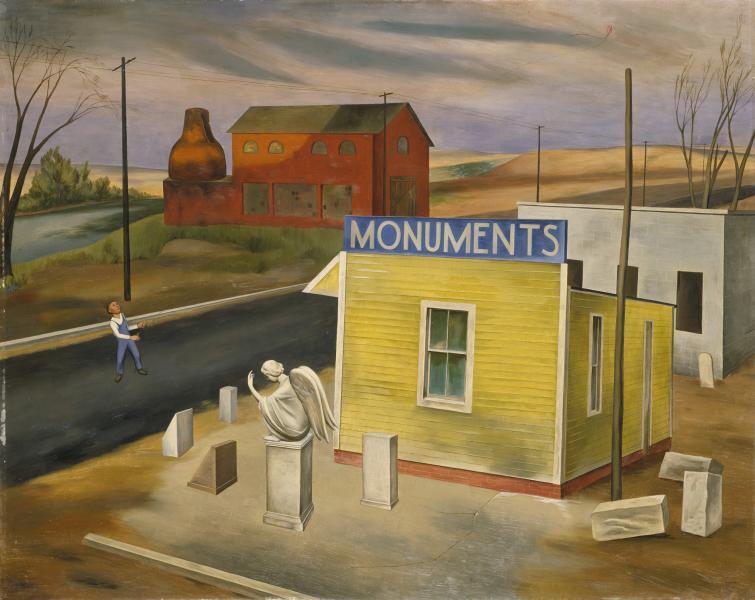“Listen! The wind is rising, and the air is wild with leaves,
We have had our summer evenings, now for October eves!”
(Humbert Wolfe)
I have often presented works of Western artists here on the blog, mostly Impressionists and Post-Impressionists, who were inspired, in one way or another, by the Japanese art of ukiyo-e woodblock prints. Some of these artists that I have written about were Maurice Prendergast, Vincent van Gogh, Whistler, Henri Riviere, Raphael Kirchner, just to name a few. A lot of European artists have been very enthusiastic about Japanese art ever since Japan opened its borders to the world in the mid nineteenth century but in the case of the Japanese artist Yoshio Markino it is the other way around. Markino was a Japanese artist who from an early age had a fascination with the Western art and he not only took stylistic inspiration from it but actually moved to the Western world; first to USA in 1893 at the age of twenty-four and then to London in 1897. For a short while in 1908 and 1909 he even resided in Italy because of something art-related. Markino loved his life in England and he returned to Japan in 1942 after England had declared war on Japan. Markino lived a very long life and he was a very prolific artist, mostly known for his magnificent depictions of London streetscenes and foggy weather and this is known as Markino’s “fog and mist watercolours”. His art is of a peculiar kind because it is a true mix between the east and the west.
At the moment, and appropriate for these golden and misty October days, my favourite of Markino’s paintings is the one above called “Autumn”, painted in 1904. It shows a woman in the street on a windy autumn day. She cannot seem to open her umbrella and the frustration can be seen in her face expression. Autumnal colours – orange and browns – dominate the painting and the delicate sense of transience is indicated in the fall of the leaves carried away gently by the autumn wind, never to return to their branches, dancing their last dance. There is a dynamic play between foreground and background; at first glance we see the auburn haired woman in the foreground with her umbrella and a tree full of orange leaves above her, and then, painted in a more poetic and dreamy way, is the background with the carriage slowly departing. Our view is clouded from so many leaves flying in the air.
A faint church tower can be seen and also some treetops but these background elements are painted in such a delicate, hushed, and subtle way, almost ghostly or as something seen in the memory. The harsh lines of reality are subdued in Markino’s poetic brushstrokes. Not only the leaves in the air but also the woman’s clothes indicate the presence of the wind and the direction of it. While the background is imbued with a sense of dreamy stillness, the foreground is a place of where dynamic playfulness. A very interesting thing is also the face expression of the woman. It is so particular, even the way her facial features are painted. The cheeks, rosy like a rosebud, the eyebrows, the narrow eyes, all of it brings to mind the faces of the figures in the ukiyo-e art which is known for its expressivness.







